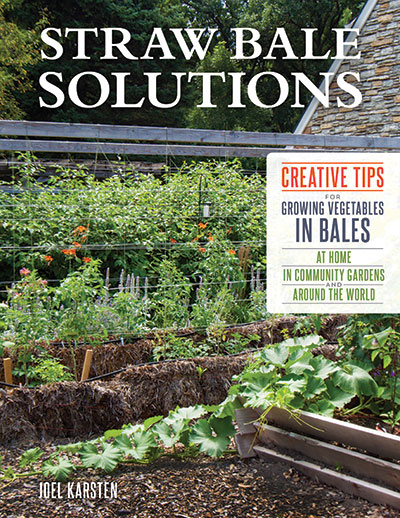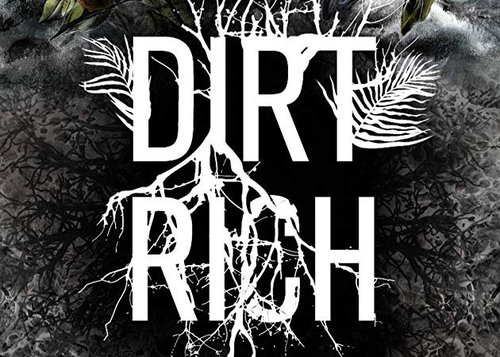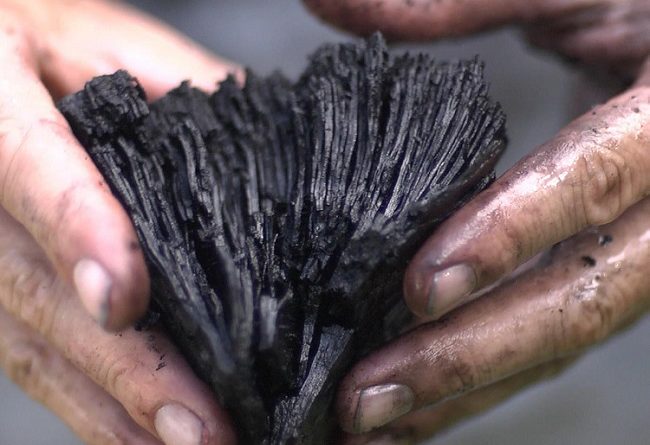Straw Bale Solutions, Carbon Solutions
Podcast: Play in new window | Download (Duration: 1:44:02 — 47.1MB)
Subscribe: Apple Podcasts | Spotify | Android | iHeartRadio | Podchaser | Email | TuneIn | RSS | More
The Man Behind Straw Bale Solutions
It was 2013 when I first talked to Joel Karsten who is the author of Straw Bale Solutions: Creative Tips for Growing Vegetables in Bales at Home, in Community Gardens, and around the World. At the time, his first book, Straw Bale Gardens, had just gotten a jump start from a small publication known as the New York Times.
The result that he now had a best seller on his hands. Even more important, he had a unleashed an idea whose time had arrived. I’ll admit that I was one of those people who thought that straw bale gardening was “gimmicky.” But as Karsten notes in his new book,
A decade ago, one had heard of Straw Bale Gardening. Today, more than half a million people all around the globe are growing vegetables in straw, often in climates and areas where a vegetable garden was never an option.
Okay, I’m sold. As he points out, there are a number of advantages to growing in straw bales.
 Straw bales overcome the obstacle of poor soil.
Straw bales overcome the obstacle of poor soil.- Straw bales heat up faster in spring than soil, allowing earlier planting.
- They require less water than you think.
- They reduce the amount of back breaking work required to grow vegetables.
- Weeds and weeding are basically eliminated.
- There is no need to purchase raised bed framing.
That’s just a start. Karsten says that, in addition to straw, bales can be made of many kinds of plant material. And now the technique is spreading across the planet. To Karsten, that holds great possibilities.
I am most excited, however, about what is happening in Asia, Africa, and South America, where some of the world’s poorest populations exist. They have little knowledge of gardening to rely upon. They do not own land or tools, and they have meager resources for investing in a garden or raised beds. Their climate is often difficult to grow in, with soggy soil due to excessive rain or drought. Bales, however, are very inexpensive, even free if made by hand, and the preparation can be done for little or no cost as well. The bales require no tools and can grow many varieties of vegetables and fruits essential to the diet of people all over the world. The bales drain excessive moisture quickly and hold water well for dry periods. The bales take up little space and can go anywhere–on concrete, asphalt, or any soil, even contaminated soil–without adverse effects. They can be placed close to the front door or on a rooftop so the owner can keep an eye on their crops.
There are a number of places where you can find out about this growing technique. Obviously, you can purchase one of Karsten’s books. You can also go to the Facebook page, Learn to Grow a Straw Bale Garden. They’re also on Twitter, Instagram and more.
By the way, if you’re thinking about starting a straw bale garden this spring, you’ll need straw (unless you create your own bale out of some other substance). Here are a few places where you might find straw bales.
In and around Chicago:
Belmont Feed & Seed
Grayslake Feed Sales
The Feed Store
Lake Barrington Feed & Supply
Welcome to Cottage in the Court
I tried to get Teresa Speight on The Mike Nowak Show with Peggy Malecki six months ago. That didn’t work out. Then I tried again in December. Again, no dice. Here we are in the new year, and this morning it will finally happen. Sometimes, that’s show biz. It’s all good.
Teresa is caretaker of a website called Cottage in the Court. She calls it–along with her real garden–her sanctuary. From her site, she shares her love of gardening through her talks and workshops, curated garden experiences and writing. She notes that she is a
Native Washingtonian, a Mother, Grandmother, Steward of our Land, Master Gardener, Garden Writer, and History lover. With ancestral sharecropping roots originating in North and South Carolina, connecting with the earth is authentic to me. My ancestor’s hands have helped build and feed our family for generations. To not honor this earth would disrespect my heritage.
Indeed. In fact, in an email to me, she followed up on that thought.
I am passionate about finding and embracing the beauty that surrounds me and sharing the love of nature, I am passionate about connecting generations and cultures, specifically the African American community, back to the earth. We are under represented in the world of horticulture in so many ways, unless it is about urban farming or agriculture, We want nice yards as well and we have money to pay for it, yet it is assumed that we just want to grow food.
I want to be a part of changing and challenging that conversation.
Let’s do it.
Getting Dirt Rich
The headline for this blog post does mention carbon solutions, so let’s get to that. Since it’s almost March, it must be time for the One Earth Film Festival, now celebrating its eighth year. In 2015, when I was in the Internet wilderness, I interviewed a filmmaker named Marcelina Cravat. Some folks call her Marcy.
Her haunting and multi-award winning documentary Angel Azul was in the film festival that year and I had the opportunity to talk to interview her. The film is about art on the bottom of the ocean. Yeah, really. The sculptures of artist Jason deCaires Taylor were put there on purpose, as messages about art and environmentalism. If you get a chance to see this film, do it.
 This year, she and her filmmaking team return with Dirt Rich. It, too, has an environmental message:
This year, she and her filmmaking team return with Dirt Rich. It, too, has an environmental message:
We are alive during a very narrow window of time available to re-stabilize atmospheric carbon levels and replenish the planet’s desperately depleted soils. With over 400 carbon parts per million in the earth’s atmosphere, and only enough good soil to support 64 more harvests on the current trajectory, Dirt Rich presents the timely strategies necessary to address these critical issues. Through regenerative agricultural practices, reforestation of abandoned land, protection and the restoration of carbon rich wetlands, and protection of keystone species, Dirt Rich educates and inspires viewers to contemplate how our choices matter, and that everything on this planet connects.
One of the strategies that is documented is the use of biochar, which we have discussed on The Mike Nowak Show with Peggy Malecki. And one of the featured on camera experts is David R. Montgomery, who Peggy and I interviewed last year.
This superb effort from Cravat also includes some pretty terrific music, which I am playing on today’s show. which means that you will find it on the podcast, too.
There are three showings of Dirt Rich during the 8th Annual One Earth Film Fest:
Sunday, March 3, 2 p.m. [South]
Windsor Park Lutheran Church, Chicago
Wednesday, March 6, 6:30 p.m. [Lake]
College of Lake County, Grayslake
Saturday, March 9, 2 p.m. [W Suburbs]
Triton College, River Grove
Marcy Cravat will be appearing at the March 6 showing and you can order tickets here.

